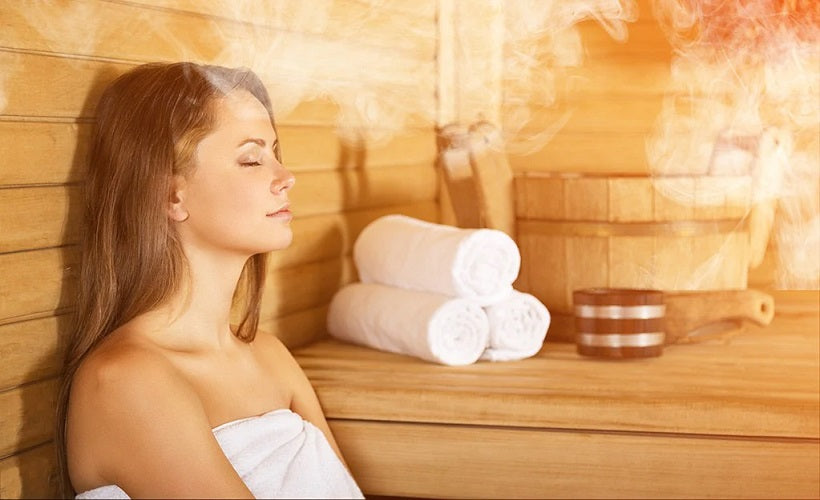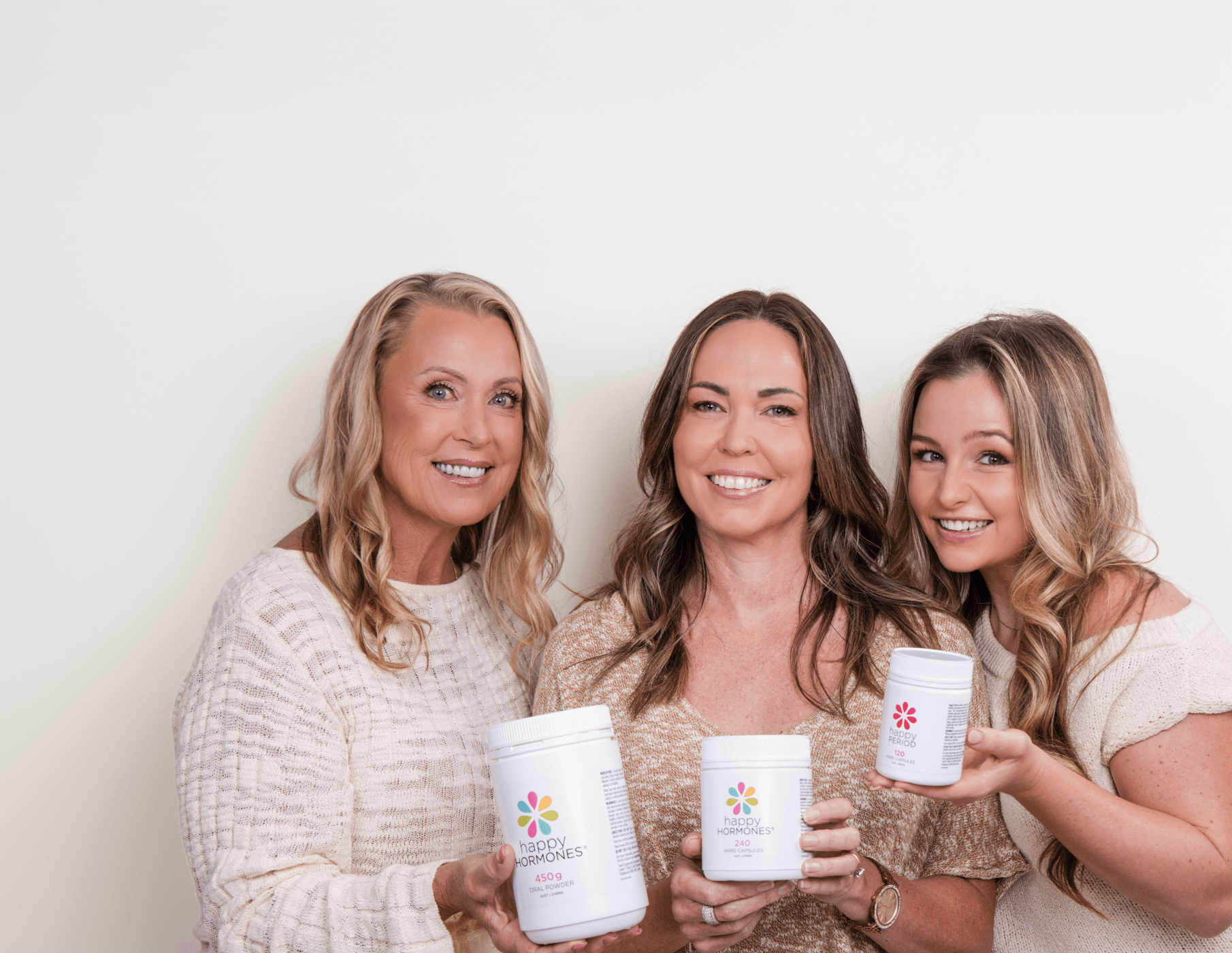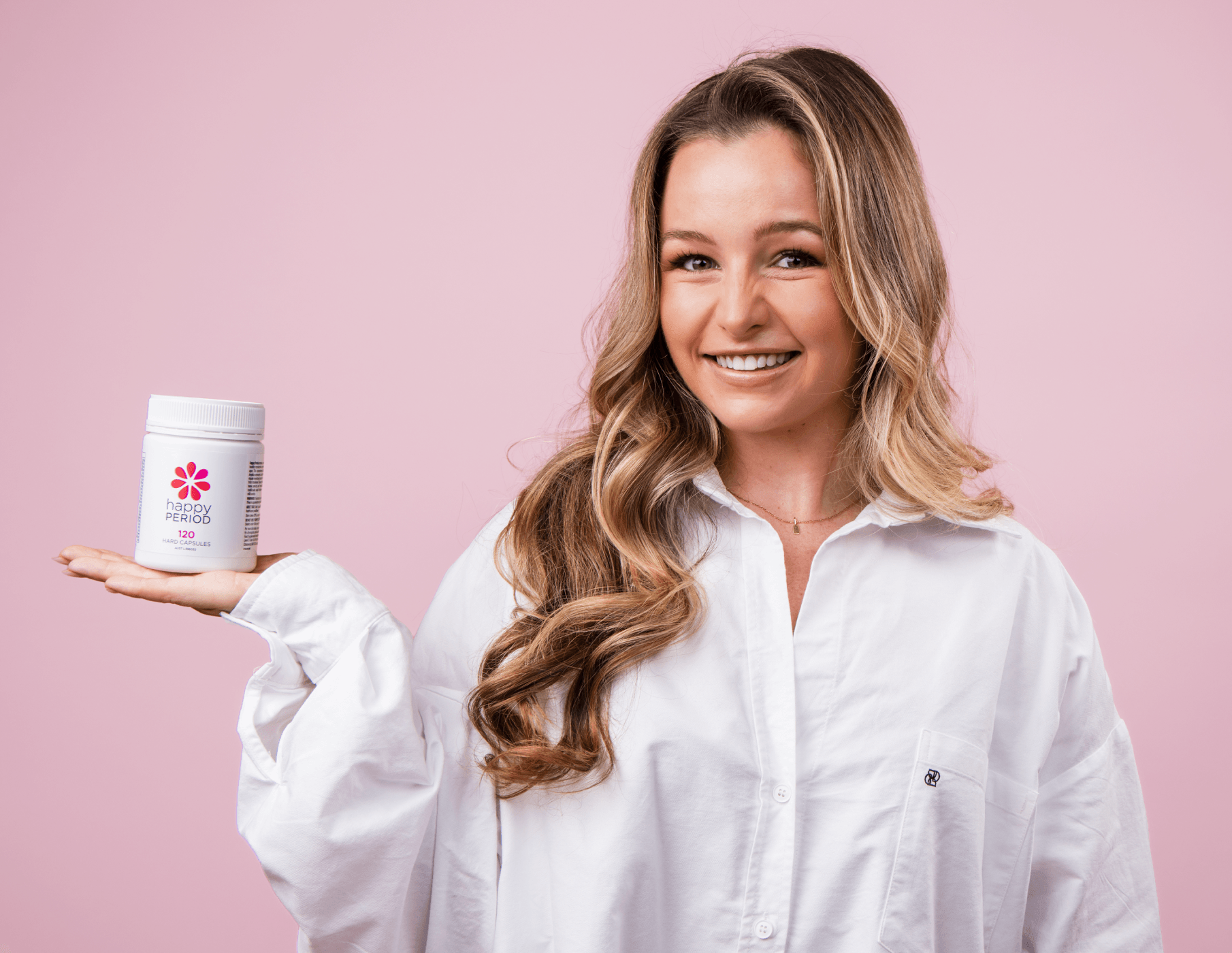Hydrotherapy for Skin Nourishment
By Renee Grandi

Wondering how to naturally improve skin texture, quality and radiance? There are many things that you can incorporate into your weekly routine to give your skin that extra glow! Let’s move past the usual clean eating and 30 minutes of exercise each day and onto something a little more specific for your skin - hydrotherapy. Whether you’re wanting to cleanse and detoxify the skin or just wish to improve your skin holistically, hydrotherapy can truly bring amazing health and aesthetic benefits.
What is hydrotherapy?
Hydrotherapy has been used for centuries to support health, healing and rejuvenation. The word hydrotherapy translates to ‘water healing’ in Greek. Water therapy utilises steam, saunas, and the alternation of different temperatures for therapeutic interventions.
Hydrotherapy can improve metabolic functions, muscle spasms, nerve pain, chronic pain, cardiovascular health, lymphatic circulation, and detoxification. It is known for increasing vitality and is an excellent way to improve your skin tone, texture and pore purification.
How skin can benefit from hydrotherapy
We know that skin is connected to gut health, lymphatic flow, stress, hormones and the immune system – hydrotherapy targets all of these in one sitting! It is an excellent way to improve stamina, endurance, inflammation, and DNA. It also helps protect the skin barriers against premature aging. Hydrotherapy is a perfect addition to your daily and weekly routine.

Saunas
Sauna bathing has been used traditionally for pleasure, relaxation and a myriad of health benefits. Using saunas frequently can significantly help to improve health in nearly every aspect:
- Muscle aches and pains
- Joint inflammation
- Immunity
- Cardiovascular (high blood pressure, cholesterol, disease, strokes)
- Lymphatic detoxification
- Neurological health
- Skin conditions (improvements in endothelial functionality)
- Headaches
- Reduction of chronic inflammation and oxidative stress
- Mental health (anxiety, depression, dementia)
Generally, you sauna for 10 – 20 minutes in temperatures from 80°C to 100°C and then cool off at a lower room temperature in the shower or pool. Saunas help to eliminate toxins systemically and improve skin cell physiology, hydration and skin pH. The heat exposure in a safe non-UV setting is ideal for stimulating nourishing blood flow to the skin. This allows your body to naturally excrete waste through sweat. Sauna bathing can improve your response to everyday life stressors and modulate the hypothalamus-pituitary-adrenal (HPA) axis which is associated with stress, hormonal imbalances and chronic fatigue.
*Be sure to keep yourself well-hydrated before and after your sauna sessions.

Contrast showers
Follow the steps below for contrast showers:- Have a hot shower for 3 minutes.
- Rinse the body under cool/cold water for 1 – 3 minutes
- Swap back to hot water to rewarm the body for 3 – 5 minutes.
- Alternate between *hot and cold temperatures for another 2 - 3 times.
- Finish with cool water for the ultimate fresh feeling.
* Sharper contrasts between hot and cold increase therapeutic benefit.
NOTE: If in acute or chronic pain, focus the shower steam on these areas.
Contrast baths
Follow the steps below for contrast baths:
- Fill your bathtub with hot water (between 40 - 43°C).
- Prepare a bucket with iced water and place a towel into the bucket.
- Sit in the hot bath for 3 – 5 minutes.
- Stand up and place the (wet) iced towel around your pelvic region to support lymphatic flow (like a diaper). Leave on for 1 minute.
- Sit in the hot bath for another 3 minutes.
- Repeat another 3 – 4 times and finish off with a cold towel wrap.
The principle behind hydrotherapy
The main concept of hydrotherapy is to dilate and constrict your blood vessels to the extremities. The heat will dilate the vessels, opening skin pores, activating sweat glands and relaxing the entire body. Cold temperatures induce vasoconstriction to regenerate cells/organs, reduce congestion and inflammation, soothe and tone the skin, and detoxify the blood.
Alternate between hot (over 40 °C), warm (37.2-40°C) and cold (4°C) temperatures in the shower. You should aim to start with warm/hot temperatures and end on cold. After you’ve finished cold temperatures, allow 2 – 3 minutes in neutral temperatures (33.9-37.2°C).

Ways to implement hydrotherapy into your daily routine
- Join a spa membership to use their hydrotherapy baths, saunas and steam rooms.
- Create your own weekly ice baths and alternate with warm showers or a sauna (3 minutes between both). Complete 3 cycles per session. If you’re in the Australian summer – just go outside and you’ll start sweating!
- Do a facial steam once a week and finish with a cool towel over your face.
So there you have it! If you’re looking for an excuse to join a spa or try something new, why not implement these easy, cost-effective hydrotherapy techniques and get healthier, more vibrant and glowing skin!
REFERENCES
Bahadorfar M. (2014). A Study of Hydrotherapy and Its Health Benefits. International Journal of Research. Sept; Vol 1:8.
https://citeseerx.ist.psu.edu/viewdoc/download?doi=10.1.1.681.4675&rep=rep1&type=pdf
Bragazzi et al. (2019). Fasting and Its Impact on Skin Anatomy, Physiology, and Physiopathology: A Comprehensive Review of the Literature. Nutrients. Jan 23;11(2):249.
https://doi.org/10.3390/nu11020249
Couto Alves A, Glastonbury CA, El-Sayed Moustafa JS, Small KS. (2018). Fasting and time of day independently modulate circadian rhythm relevant gene expression in adipose and skin tissue. BMC Genomics. Sep 7;19(1):659.
https://doi.org/10.1186/s12864-018-4997-y
Heinonen I & Laukkanen ja. (2018). Effects of heat and cold on health, with special reference to Finnish sauna bathing. American Journal of Physiology-Regulatory, Integrative and Comparative Physiology. May 1;314(5):R629-R638.
https://doi.org/10.1152/ajpregu.00115.2017
Laukkanen JA, Laukkanen & Kunutsor SK. (2018). Cardiovascular and Other Health Benefits of Sauna Bathing: A Review of the Evidence. Mayo Clinic Proceedings. Aug;93(8):1111-1121.
https://doi.org/10.1016/j.mayocp.2018.04.008
Mohiuddin AK. (2019). Intermittent Fasting and Adding More days to Life. Journal of Gastroenterology and Hepatology Research.Vol 8:4.
http://www.ghrnet.org/index.php/joghr/article/view/2662
Mooventhan A & Nivethitha L. (2014). Scientific Evidence-Based Effects of Hydrotherapy on Various Systems of the Body. North American Journal of Medical Sciences. May; 6(5): 199–209.
https://www.ncbi.nlm.nih.gov/pmc/articles/PMC4049052/
Wardle JD. (2013). Hydrotherapy: a forgotten Australian therapeutic modality. Australian Journal of Medical Herbalism. Vol 25:4.
https://www.academia.edu/27637169/Hydrotherapy_a_forgotten_Australian_therapeutic_modality






Leave a comment
This site is protected by hCaptcha and the hCaptcha Privacy Policy and Terms of Service apply.